Being one of the oldest cradles of civilization on Earth, there are many Asian heritage towns that keep their culture and history alive and thriving. Despite being centuries old, their identity and tradition remain intact. Today, visitors have the pleasure to immerse themselves in these towns in Asia to get a glimpse of what life was like back in the olden times.
Also read: 12 Underrated UNESCO World Heritage Sites That Should Be On Your Travel Bucket List
Southeast Asian heritage towns and ancient cities everyone should visit
1. Hội An – Vietnam
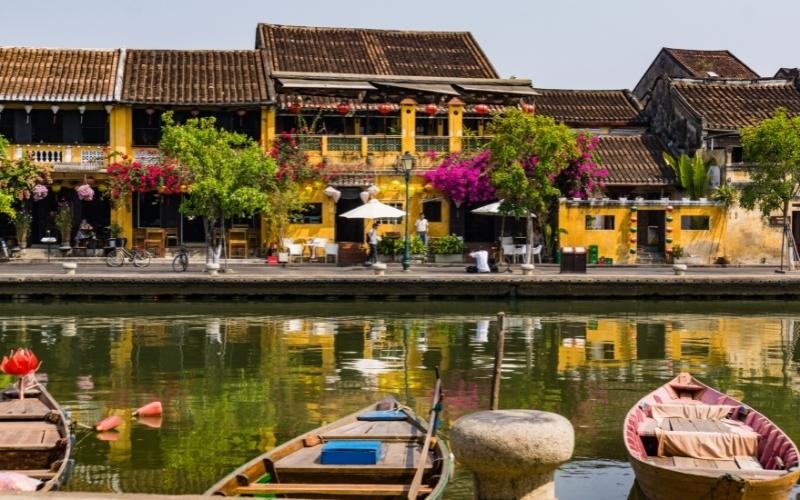
Image credit: vermontalm via Canva Pro
The port city of Hội An was an integral avenue of commerce and trade in Vietnam. Handicrafts from the locals were famed for their impressive quality. Their bronze works are highly detailed and their ceramics are world famous. Business was booming in Hội An, resulting in a lot of migrant merchants of different ethnicities and cultures settling there in hopes of prosperous trade. And for a time, it was the centre of Asia’s trade network.
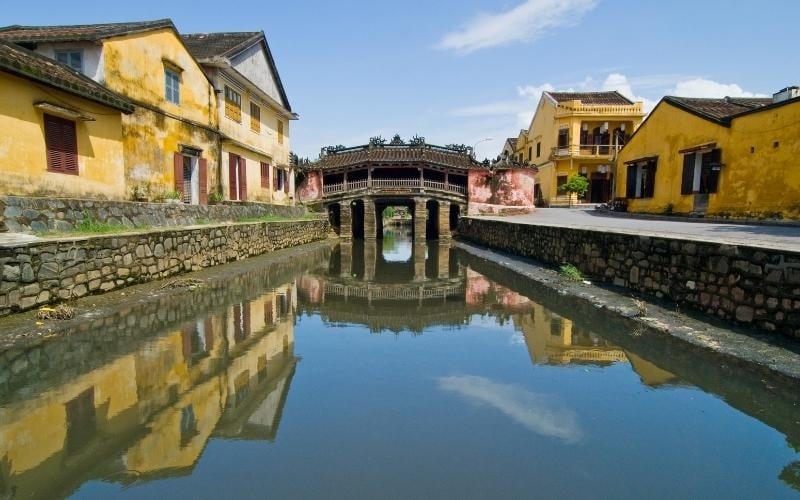
Image credit: tranbaohoa via Canva Pro
When visiting Hội An today, it’s like you’re taken back to 1595, the year of the city’s founding. Little has changed and Hội An remains a prosperous port as ever. The city shows no signs of deterioration, only a swath of colours from its beautiful shops and wares.
The preservation of its prosperous history was recognised by UNESCO as a World Heritage Site and deservedly so. For this reason, Hội An is the closest that tourists can get to experiencing and understanding a chunk of Southeast Asia culture in one place.
Also read: 10 Places to Visit in Vietnam for Culture & History
2. Vigan – Philippines
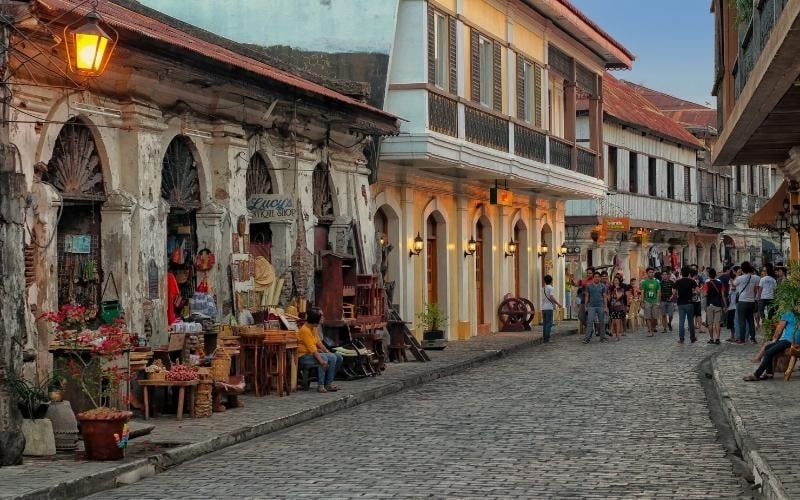
Image credit: . Ray in Manila
When taking a look at Vigan, its design is undoubtedly Spanish colonial. But before the Spaniards came, Vigan was a Chinese settlement. The Chinese referred to the settlement as bee gan, which means “beautiful shore.” Spaniards would usually interchange the “B” and “V” sounds, so when they took over, they settled with using the latter when spelling its name.
As for the town itself, its planning and design were led by Spanish coloniser Juan de Salcedo. He modelled Vigan after the walled city of Intramuros in Manila, following the Law of the Indies. The Law of the Indies prescribes a grid-like pattern for villages which converge to a central plaza, where administrative buildings are usually found. The best example of this in Vigan is Calle Crisologo, a street that only grows more beautiful as time goes by.
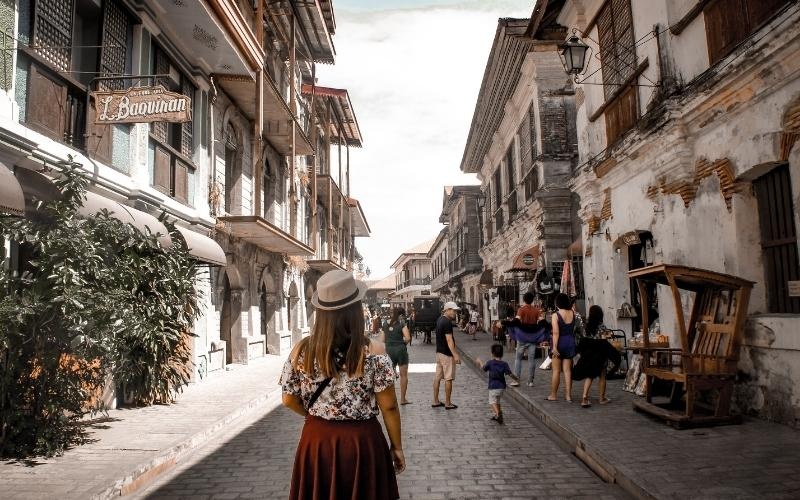
Image credit: Pink Mean from Pexels via Canva Pro
While Vigan has retained its beauty throughout the ages, a recent earthquake has forced the local government to shut down the heritage village until further notice. The government takes great measures in preserving the historic colonial structures, so it may take some time until it opens for tourists again. When it opens up again, look forward to a stroll through an atmospheric walk back in time in Vigan!
Also read: The Philippines on Instagram: 13 Picture-Perfect Places You Have to See!
3. Melaka – Malaysia
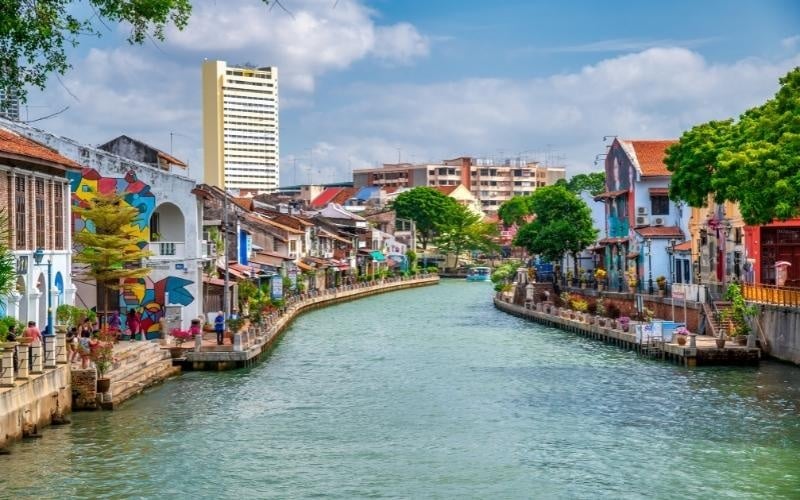
Image credit: Gagliardi Photography via Canva Pro
Melaka is seemingly destined for world recognition. For one, it’s right next to the Strait of Malacca, a crucial shipping lane not just for Malaysia, but also for the rest of the world. As a result, different nationalities, races, and ethnicities made their way to the city, eventually becoming a melting pot of different cultures. This earned Melaka the title of Historical City by UNESCO.
These diverse influences are evidently thriving today in this UNESCO World Heritage Site. From early Malay, Chinese, and Indian settlers to ethnicities such as the Straits-born Baba Nyonya and the Eurasian Kristang, this diversity made Melaka one of the more multifaceted towns in Asia.
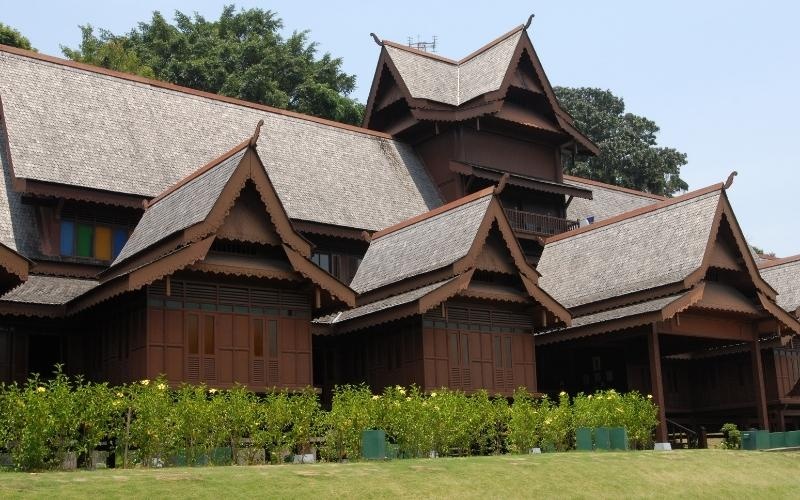
Image credit: grahamheywood via Canva Pro
Numerous dedicated museums in Melaka document the history and rise of these cultures. You can also visit many historical landmarks, like forts, ruins, palaces, monuments, and even mausoleums for a glimpse of Melaka’s rich history. Overall, the city offers an excellent summary of Asian heritage, but it will take you days to learn and explore!
The founding of Melaka follows an interesting realisation by its supposed founder, Parameswara, who also happens to be the last king of Singapura. Legend has it that he was impressed by a meek deer who pushed one of his hunting dogs to a river as an act of self-defence. He was resting under a melaka tree during the incident and decided to found his empire in the area. As you can guess, the king derived his empire’s name from the humble tree.
Also read: A Foodie’s Guide to Malaysia: Where and What to Eat in Penang, Ipoh, Kuala Lumpur, and Melaka
Heritage villages in East Asia to learn about culture and history
4. Jiufen – Taiwan
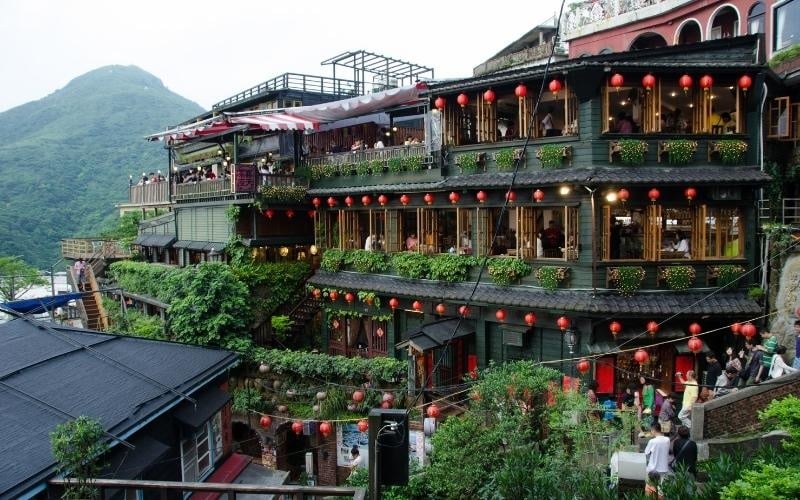
Image credit: cotaro70s
Ever seen the animated film, Spirited Away? If you want to see a real-life village similar to the film, you should travel to Jiufen in Taiwan. This heritage village bears a striking resemblance to the world that director Hayao Miyazaki created for the silver screen.
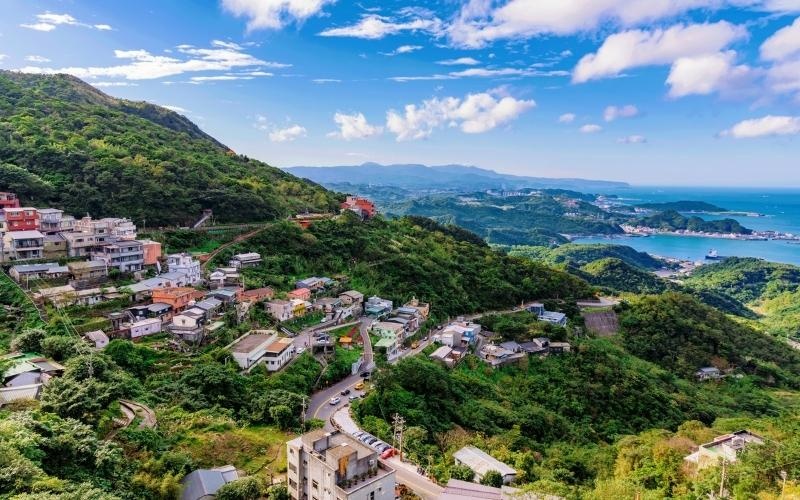
Image credit: stockinasia via Canva Pro
But the real-life history of Jiufen is just as interesting. It was originally a gold mining district which attracted many nationalities. This prosperous discovery became an engine to develop Jiufen at a breakneck pace.
From the Japanese to the Dutch, everyone had an interest in the wealth to be had in the district. The Japanese occupation of Taiwan, in particular, is evident in this old village, with many Japanese inns from World War II still surviving up to this day.
Also read: 10 Destinations in Asia That Inspired (Or Were Inspired by) Studio Ghibli Movies
5. Yangdong – South Korea
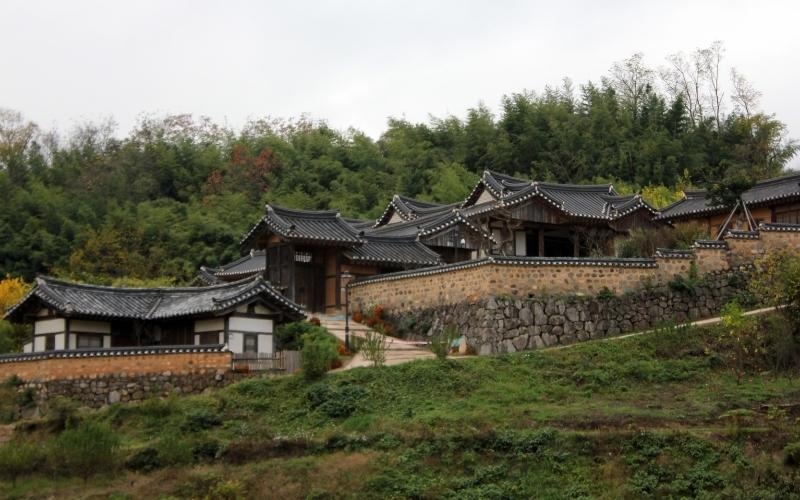
Image credit: syston via Canva Pro
During the Joseon dynasty, clan villages were popular settlements among the few elite. These were exclusive to members of prominent and dominating clans in the area. Yangdong is one of these villages which, fortunately, is successfully preserved by its locals.
Traditional architecture common during the Joseon dynasty can be seen in this UNESCO World Heritage Site. Clan houses are made with strong wooden materials that sit on high ground. Around these houses are stone walls that enforced the prevalent class divide during the Joseon dynasty. Residences of lower-class villagers were located on lowlands and are distinguishable with their thatched roofs.
Traditions and practices during Yangdong’s peak are still practised by locals of the village today. Most of the houses are unoccupied, but preservation efforts maintain its splendid beauty. If you want to see how people lived during the Joseon era, Yangdong is the perfect site to visit.
Also read: 10 Most Famous UNESCO World Heritage Sites You Need to Visit in South Korea
6. Shirakawa-gō and Gokayama – Japan
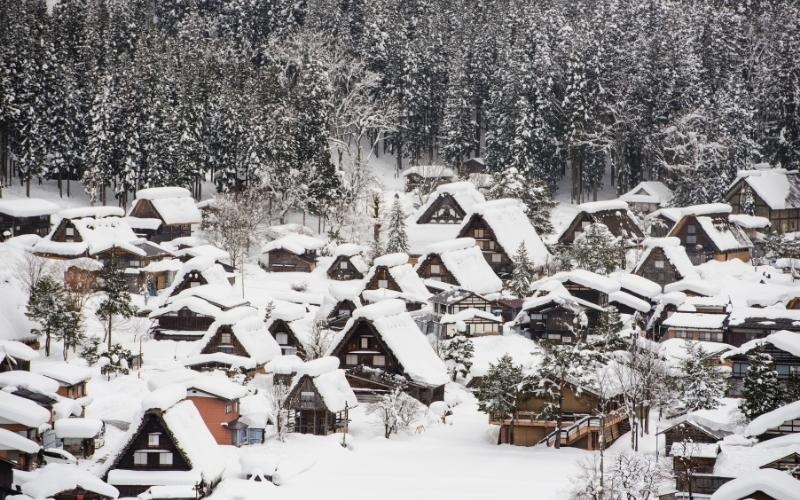
Shirakawa-go | Image credit: Brostock via Canva Pro
The remote villages of Shirakawa-gō and Gokayama stand out from this list as heritage towns in Asia that specialise in farming instead of trade and commerce. These settlements host traditional minka houses with steep-pitched gassho roofs made of strong oak. They are specifically designed this way so snow can easily slide off their houses and are rethatched every 15 to 20 years. This village is a glimpse of the simplicity of the culture of East Asia.
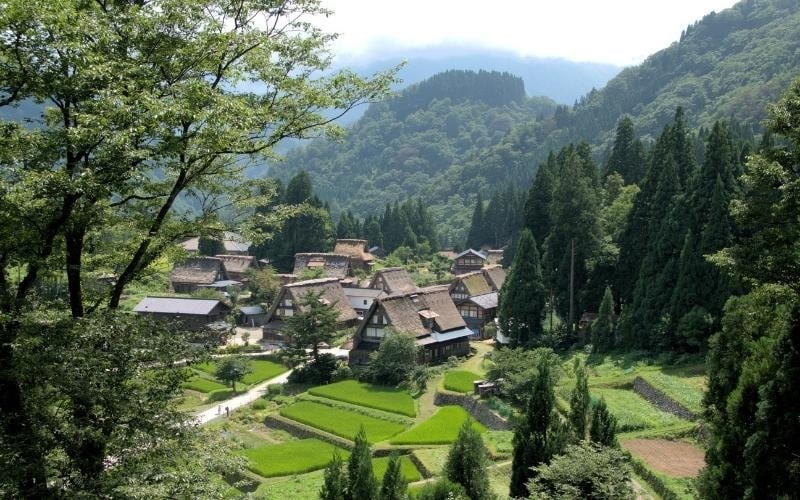
Gokayama | Image credit: Goryu via Canva Pro
These two heritage towns in Asia are a bit secluded between valleys and mountains and it’s for this reason that villagers have easily preserved their lifestyle and traditions. Some houses even surpass 300 years old. Since the houses are susceptible to fire, both settlements are sufficiently equipped with fire prevention and extermination measures.
Also read: Traditional Towns & Villages in Japan That You Absolutely Have to Visit
7. Wuzhen – China
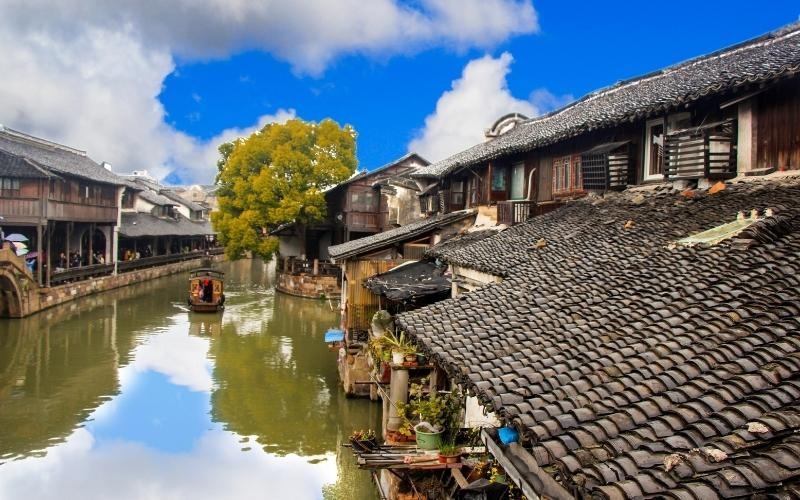
Image credit: LeafenLin via Canva Pro
Asian culture and traditions are well-defined in the historic water town of Wuzhen. Dubbed the Venice of the East, Wuzhen is distinguishable through its canals. These canals also act as partitions to its six districts, each with their own functions: workshops, residences, food and beverage, commercial shops, culture, and the watership customs and life. Apart from the canal boats, villagers can also go to these districts through ancient stone bridges and pathways.
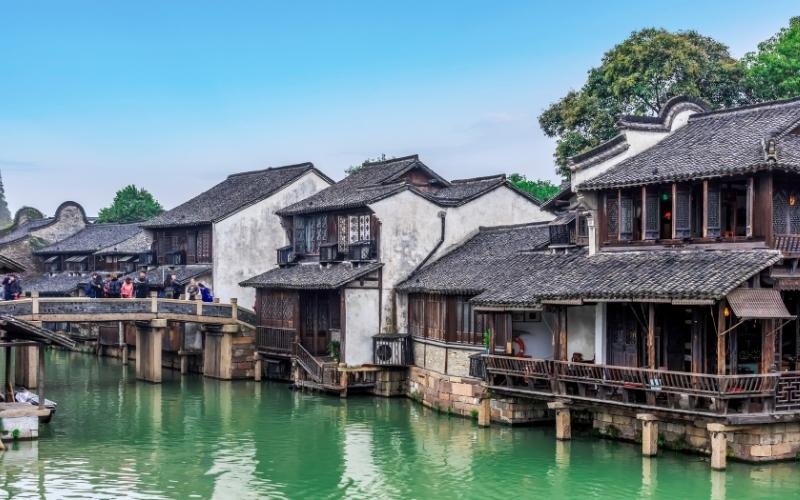
Image credit: 4045 via Canva Pro
One popular tradition kept in Wuzhen are their wood carvings, which are almost found anywhere in the village. From doors, walls, and bridges, and even handicrafts, it is a notable feature that any visitor will notice. Workshops usually hold demonstrations on how these wood carvings are made.
The workshops of Wuzhen are quite prolific. Their industry capitalises on traditional shoemaking and cloth weaving. Visitors can try their hand at making these products with the use of traditional machines.
Ancient cities and villages in South, Central, and West Asia
8. Pragpur – India
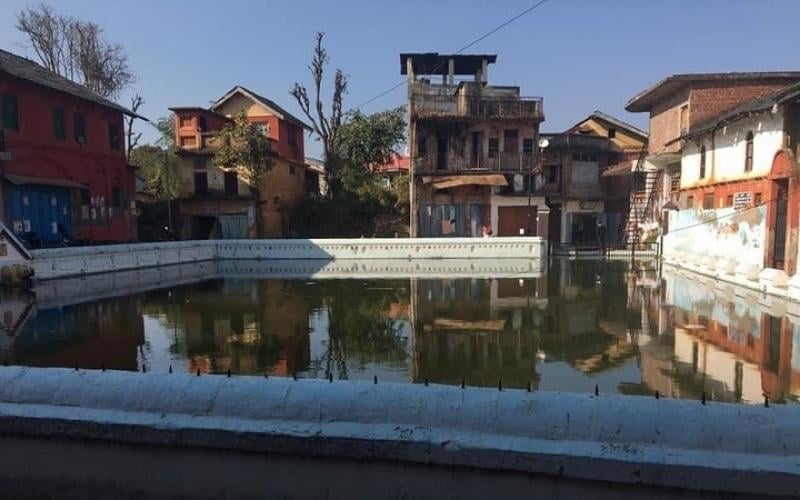
Image credit: Pineview Fact and Fiction
Pragpur is India’s first heritage village with over three centuries of history behind it. Its name means “full of pollen” in Sanskrit. The name fits this beautiful village well, especially during the spring, when it is surrounded by blooming flowers.
Pragpur was founded sometime in the late 16th century. The Patials dedicated this village in memory of Princess Prag Dei of the Jaswan royal family. However, most of its features remain unchanged to this day. Its cobblestone streets are gorgeous and narrow from the surrounding traditional havelis and shops. The walls have distinct mud-plaster features that retain the village’s heritage and architectural style.
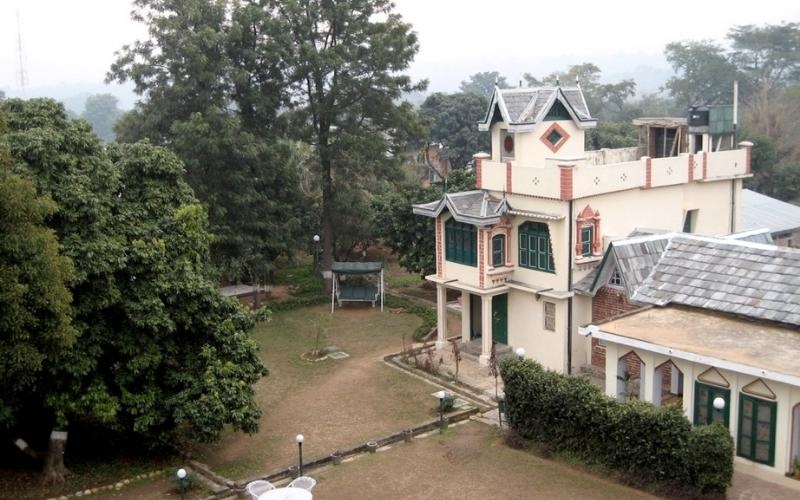
Image credit: Dave Kleinschmidt
When going to Pragpur, be sure to go to the neighbouring village of Garli, where you can visit the Judges Court resort!
Also Read: 20 Indian Cultural Heritage Gems to Visit in 2023
9. Samarkand – Uzbekistan
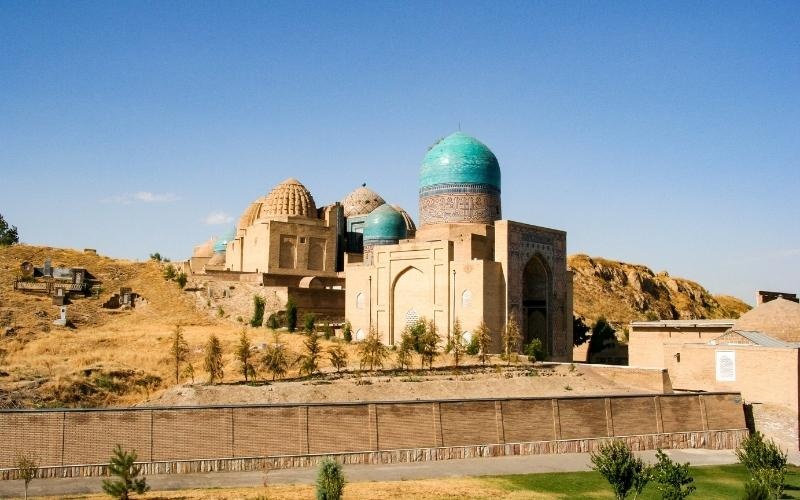
Image credit: evenfh via Canva Pro
Central Asia culture is fascinating to learn and explore. It is the bridge between Europe and Asia, after all. Samarkand is literally one end of this bridge, due to its proximity to the Silk Road. Many ancient civilizations made their mark on this village, from Greeks and Persians, to Turks and Mongols.
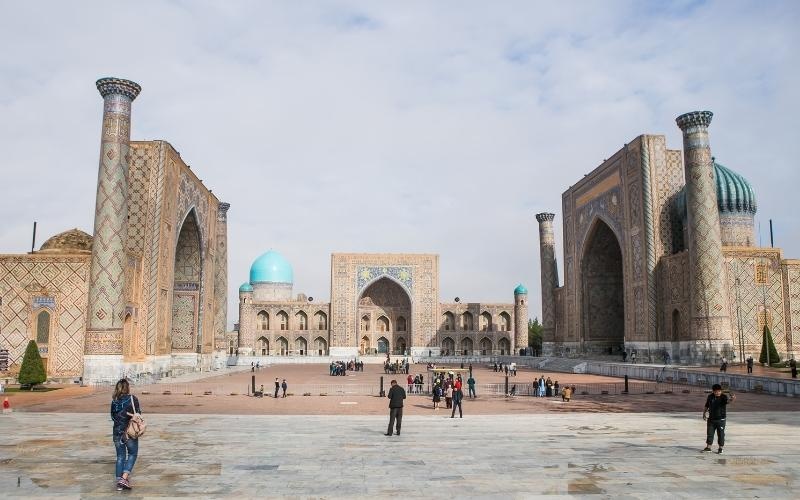
Image credit: Ozbalci via Canva Pro
Marvelous structures built in Samarkand have features from these influences. For a start, one of the best places to visit in this ancient city is the Registan. This plaza is where the public would gather to witness events decreed by royalty. Three schools (known as madrasahs in Arabic) surround this plaza, all of which display impressive Persian architecture.
While in the Registan during the summer, make sure to catch a traditional musical performance. It is an expressive but concise way to learn about Uzbek culture. Plus, the lights on the Registan at night make for a perfectly gorgeous backdrop for your Instagram feed!
Also read: This Malaysian Spent 51 Days on the Silk Road With Just US$350
10. Hatta – United Arab Emirates
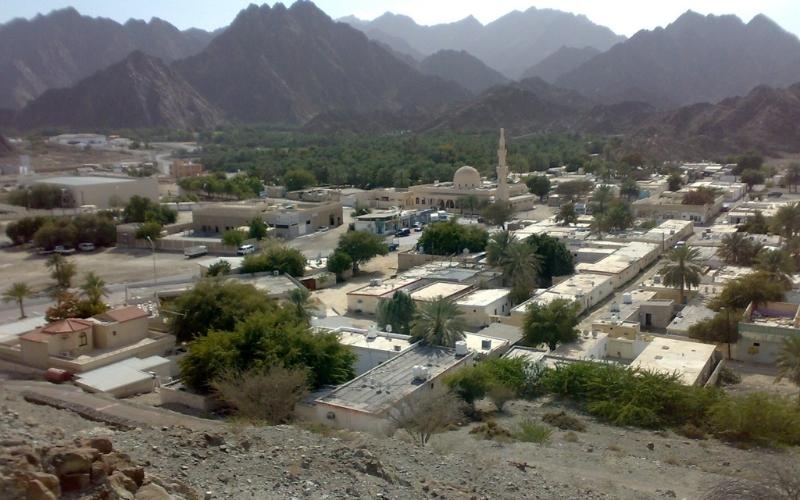
Image credit: Bjoertvedt
Hatta is a restoration of a heritage highland village in the Al Hajar Mountains in Dubai. The original settlement was founded during the 16th century, with structures such as mosques and houses made of mud, palm tree trunks, reeds, and stone. The Dubai Culture & Arts Authority supervised its reconstruction and aims to recreate original structures from villages passed.
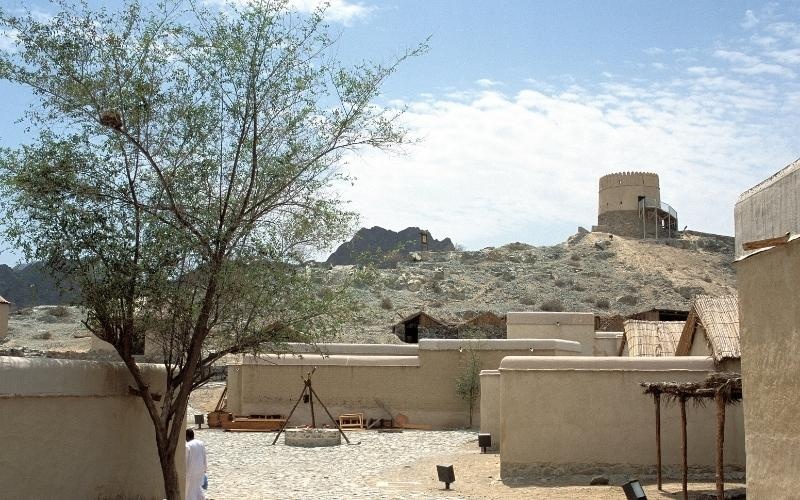
Image credits: CultureArts
It features two watchtowers and a central fort. Locals of Hatta used these defences to full effect by defending inhabitants of nearby villages from invaders.
Visitors can also experience making products that serve as traditional livelihoods for its villagers. This striking reconstruction of a heritage village lets visitors experience how one of the most advanced cities in the world progressed throughout history.
Also read: 15 Strange Destinations Around the World That Don’t Seem Real
Going through ancient towns in Asia is an experience that is indescribable. There are so many things to explore and discover that make the continent so rich and interesting. If somehow an opportunity to visit any of these heritage villages falls on your lap, be sure to grab them immediately!
Featured image credit: 4045 via Canva Pro
Facebook image credit (right): Goryu via Canva Pro




